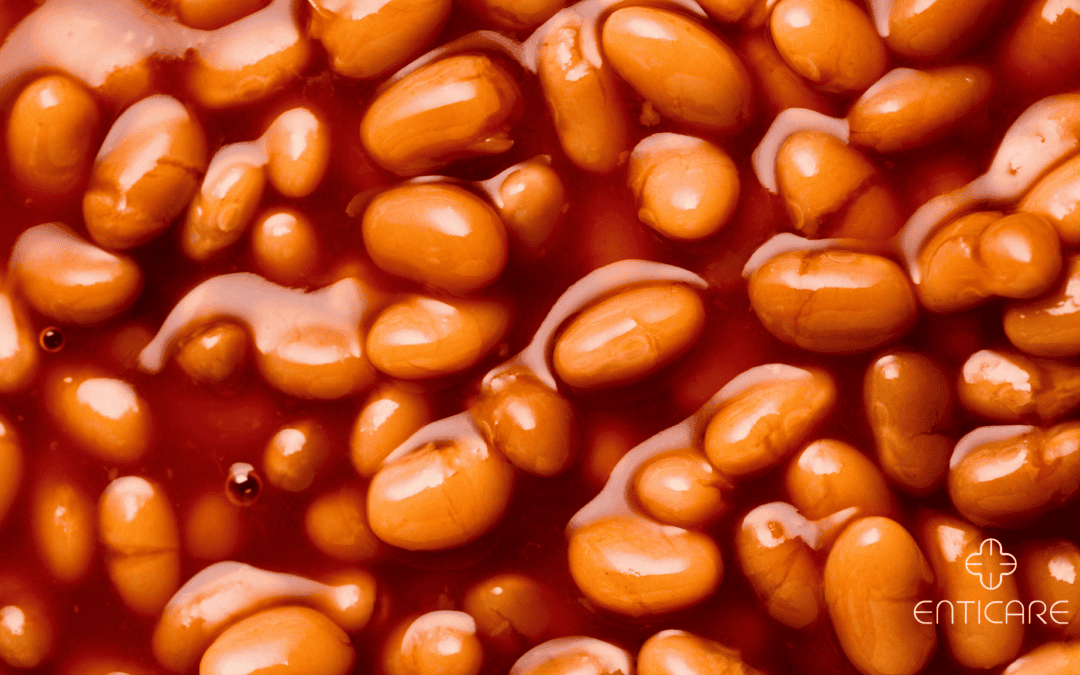Navy beans, a staple in many diets, can cause allergic reactions in some individuals. Understanding the symptoms, causes, and management of a navy bean allergy can help those affected lead a healthier and safer life. This comprehensive guide explores all aspects of navy bean allergy, providing essential information and actionable steps.
What is Navy Bean Allergy?
Understanding Navy Bean Food Allergy
A food allergy to navy beans occurs when the immune system mistakenly identifies proteins in navy beans as harmful, triggering an allergic reaction. This can lead to a range of symptoms, from mild discomfort to severe, life-threatening reactions.
Common Triggers
Navy beans, also known as haricot beans, are commonly found in soups, stews, and baked beans. Canned beans are a common form in which navy beans are found in foods. They are often used in various culinary dishes, making it essential to be aware of their presence in foods.
Who is at Risk?
Anyone can develop a navy bean allergy, but individuals with a family history of allergies or other allergic conditions, such as asthma or eczema, are at higher risk.
Symptoms of Navy Bean Allergy
Immediate Reactions
Symptoms of a navy bean allergy can appear within minutes to hours after consumption. Immediate reactions may include itching, hives, swelling of the lips, face, tongue, or throat, and difficulty breathing.
- Gastrointestinal Symptoms: Consuming navy beans can lead to gastrointestinal symptoms such as nausea, vomiting, diarrhea, and abdominal pain. These symptoms may mimic other gastrointestinal disorders, complicating diagnosis.
- Chronic Symptoms: Chronic exposure to navy beans can exacerbate conditions like eczema, asthma, and allergic rhinitis. Persistent allergic reactions can lead to more severe health issues over time.
Causes of Navy Bean Allergy
Genetic Predisposition
Genetics play a significant role in the development of allergies. Individuals with a family history of allergies are more likely to develop a navy bean allergy.
Environmental Factors
Environmental factors such as exposure to allergens, pollution, and dietary habits can influence the development of allergies. Early exposure to allergens may increase the risk of developing food allergies.
Immune System Response
The immune system’s abnormal response to navy bean proteins triggers allergic reactions. This response involves the production of specific IgE antibodies that recognize and attack the proteins in navy beans.
Diagnosing Navy Bean Allergy
Medical History and Symptom Diary
A detailed medical history and symptom diary can help identify potential triggers and patterns. Documenting symptoms and their onset provides valuable information to healthcare providers.
Skin Prick Test
A skin prick test involves placing a small amount of navy bean extract on the skin and pricking the area to introduce the allergen. A positive reaction, indicated by redness or swelling, suggests an allergy.
Blood Test
A blood test measures specific IgE antibodies to navy bean proteins. Elevated levels indicate an allergic response to navy beans.
Managing and Treating Navy Bean Allergy
Avoidance
Avoiding navy beans and foods containing them is the most effective way to prevent allergic reactions. Reading food labels carefully and being aware of cross-contamination risks in food preparation areas are crucial steps.
Medication
Antihistamines can relieve mild allergic symptoms, while epinephrine (EpiPen) is essential for severe reactions like anaphylaxis. Always carry prescribed medications and understand how to use them.
Dietary Adjustments with Canned Beans
Adopting a navy bean-free diet involves finding suitable alternatives such as lentils, chickpeas, and black beans. Cannellini beans, with their larger size and meaty texture, can also be a great substitute for navy beans in soups and salads.
Garbanzo beans, another name for chickpeas, are a viable option and are safe for individuals with a pea allergy. Additionally, pinto beans offer culinary versatility and nutritional benefits, making them an excellent alternative. Consulting a dietitian can help create a balanced diet plan that meets nutritional needs.
When preparing dishes, it is important to rinse and soak dry navy beans before cooking to ensure they absorb flavorful broth and seasonings. Using a ham bone can also enhance the flavor of navy bean dishes by imparting a smoky, meaty taste.
Prevention Strategies for Navy Bean Allergy
Education and Awareness
Educating yourself and those around you about navy bean allergy is crucial. Awareness helps prevent accidental exposure and ensures prompt action in case of an allergic reaction.
Safe Cooking Practices for Navy Bean Soup
Implementing safe cooking practices can minimize cross-contamination. Use separate utensils and cookware for navy bean-free meals and clean surfaces thoroughly. In many navy bean recipes, chicken broth is a common ingredient that enhances the flavor of the dish. Additionally, olive oil is often used to sauté vegetables, adding richness to the overall flavor.
Advocacy and Support
Joining allergy support groups and advocacy organizations can provide valuable resources and emotional support. Sharing experiences with others facing similar challenges can be empowering.
Take Control of Your Health
Managing a navy bean allergy requires vigilance, but with the right knowledge and strategies, you can lead a healthy and fulfilling life. If you suspect a navy bean allergy or need help managing your condition, schedule an appointment with our experts at Enticare. Our dedicated team provides personalized care to help you navigate your allergy and improve your quality of life.

